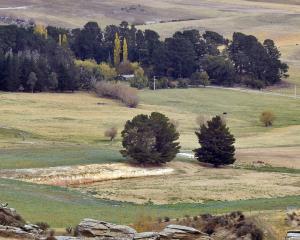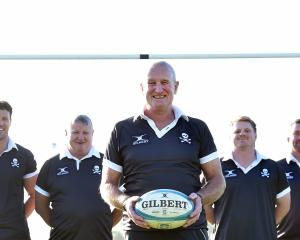

The All Blacks have concluded their tour of England, having won all their 28 engagements, and surpassing the performance of the famous All Blacks of 1905, who lost one match.
Congratulations have ungrudgingly been showered upon the visitors on the successful conclusion of a triumphant tour. It is declared that they realise the highest tradition of athletics, and that the educational effects of the visit are likely to be most potent. The writers remark on a good deal of roughness in the play, which was due to absent-minded exuberance in exciting moments, and there is an evident desire to pass over and relegate to oblivion the painful incident in the final match. The papers, in bidding them adieu, assure the All Blacks of the admiration and goodwill of the British public.
Record port tonnage for Otago
While the total number of arrivals and departures for 1924 were 593 (against 662 in 1912), the aggregate tonnage was 1,098,982 which is a record for the port. The previous best year was in 1912.
Waitaki’s vanished world
Target Gully, near Oamaru, has been described as having the richest fossil deposit in New Zealand. The deposit is not of great depth, but the deep-water shells and shallow-water shells are intermingled, and there are many rolled fragments. Mr H.J. Finlay, of Dunedin, after visiting the gully, concluded that the bed was subject to strong disturbance while it was being laid down, and that it was a period of stress and struggle and change of environment. For this reason, he considers that the gully is not always a satisfactory collecting ground. Specimens and species are very numerous, but they often are ill preserved and are not typical. The condition of the fossil shell beds at Pukeuri, in the same district, indicate that they had a peaceful deposition. Perfect shells are found there more frequently, there is little variation in them, and it is a good locality for typical specimens.
Starlings gang up on enemy
The attention of a Maori Hill resident when proceeding towards town was arrested by a commotion among a flock of starlings, the number of which he estimated at 50 or 60. A weasel ran out from some long grass into the middle of the road. The starlings set up a vigorous and combined attack upon the animal and no matter in what direction the weasel sought to make its escape, it was swooped upon by a number of birds. After a few minutes' fighting, the attackers retired to positions on neighbouring fences and other coigns of vantage "a favourable position for observation or action" to view the result of their work, and an examination showed the weasel to be dead.
— ODT, 6.1.1925 (Compiled by Peter Dowden}












